When it comes to choosing the right knife, no detail is too small. Among the myriad of factors to consider, the balance and weight of a knife can significantly influence your cutting experience. In this blog post, we'll explore the importance of knife balance and weight, especially in the realm of Pocket Knives. Whether you’re an outdoor enthusiast, a survivalist, or a culinary expert, understanding these concepts will help you choose the ideal pocket knife for your needs.
What is Knife Balance?
Knife balance refers to how the weight of a knife is distributed from the handle to the blade. A knife is considered well-balanced when the weight feels comfortable in your hand, allowing for precise movements and effortless control. When the weight is evenly distributed, you won’t have to exert more effort than necessary, making the task of cutting more enjoyable and efficient.
The Science Behind Knife Balance
The concept of balance can often be explained through simple physics. A well-balanced knife pivots around a central point, providing you better control and reducing fatigue during use. This pivot point is typically located around the bolster of the knife. If a knife's weight is skewed too much towards the blade, it may feel heavy and cumbersome, while a handle-heavy knife may cause you to exert excessive energy to control cutting motions.
Why Balance Matters for Pocket Knives
For those who own or are interested in Pocket Knives, balance is particularly crucial. These versatile tools are often used for various tasks, from opening packages to outdoor activities like camping or hiking. A balanced pocket knife ensures that you can perform these tasks with ease and accuracy.
Enhanced Precision
A well-balanced knife allows for superior precision when cutting. Imagine trying to slice through a tomato with an unbalanced knife; the uneven weight distribution can lead to awkward angles, making it difficult to get that perfect cut. Similarly, when using pocket knives for more intricate tasks—whether whittling wood or crafting—having control over your cuts is essential.
Reduced Fatigue
Many people underestimate the toll that improper knife balance can take on their hands and wrists. Using a poorly balanced knife can lead to discomfort or even pain over time, especially during extended use. Opting for a well-balanced pocket knife means that your wrist remains straight, your fingers can grip comfortably, and you won’t tire out as quickly.
Understanding Weight: Light vs. Heavy
Another critical aspect to consider alongside balance is the weight of the knife. Knife enthusiasts are often divided into two camps: those who prefer lightweight knives and those who favor heavier models. What you choose should depend on your intended usage.
The Benefits of Light Weight
Lightweight pocket knives are often easier to carry and less fatiguing to use over time. They are typically preferred for everyday carry (EDC) situations where convenience is essential. Here are some of the notable advantages of lighter pocket knives:
- Ease of Carry: Lighter knives can be easily clipped onto pockets, belts, or bags without adding noticeable weight.
- Less Fatigue: Ideal for tasks that require prolonged use, as they put less strain on your hands and wrists.
- Easier Maneuverability: Lighter knives allow for quicker, more agile movements, essential for tasks like slicing or intricate cuts.
Considerations for Heavier Knives
On the other hand, heavier knives can offer advantages in terms of strength and cutting power. Heavier Pocket Knives can be beneficial when dealing with tougher materials that require a more decisive cut. Consider the following:
- Better Torque: A heavier knife can exert more force on the cutting edge, making it easier to slice through thicker materials.
- Durability: Heftier materials often mean increased longevity, as they can withstand tougher tasks without damage.
- Stability: A heavier knife can provide a sense of stability, which some users prefer for more anchored cutting motions.
Finding Your Ideal Knife Weight and Balance
Now that we understand the implications of balance and weight, how do you find the perfect combination for your needs? Here are some tips to ensure that you make an informed decision:
Try Before You Buy
Whenever possible, test knives in-store to see how they feel in your hand. Assess the balance by holding the knife at the bolster and observing how it pivots. If it feels awkward or uncoordinated, look for alternatives.
Consider Your Intended Use
Your use case is vital in determining the right weight and balance. If you're planning to carry a pocket knife for daily tasks, a lighter, well-balanced knife may be ideal. Conversely, if you anticipate needing a knife for heavy-duty outdoor activities, a slightly heavier knife might be more beneficial.
Pay Attention to Handle Design
The design of the knife handle also influences balance and weight distribution. Ergonomics play a huge role in how a knife feels in your hand during use. A comfortable handle that fits your grip can help relieve pressure and enhance balance.
Read Reviews and Seek Recommendations
Online reviews and recommendations from friends can provide valuable insights. Customers often discuss how a particular knife feels regarding balance and weight, helping you make a more informed choice.
Maintenance of Knife Balance and Weight
Once you've chosen the perfect knife, maintenance remains essential for optimal performance. Here are some tips to keep your Pocket Knives in top condition:
Regular Cleaning
Keeping your knife free from debris and contaminants will help maintain its balance and function. Regularly clean the knife with mild soap and water, dry thoroughly to prevent rust and damage.
Sharpening and Honing
A dull edge can throw off the balance during use; therefore, regularly sharpening your knife will ensure it performs optimally. Make use of whetstones or professional sharpening services to keep your blade in top condition.
Proper Storage
Store your pocket knife in a safe location to prevent damage. A protective sheath or a dedicated knife case will help maintain its balance and overall longevity.
Wrapping It All Up: The Quest for the Perfect Pocket Knife
The journey to finding the perfect pocket knife is one that requires time and consideration. By paying close attention to knife balance and weight, you're setting yourself up for success—whether you’re slicing ingredients for a gourmet meal or prepping for a wilderness adventure. Investing in a high-quality pocket knife that feels right in your hand will be an experience that pays off time and time again. So go ahead, explore your options, and enjoy the spirit of exploration that comes with mastering the art of cutting!








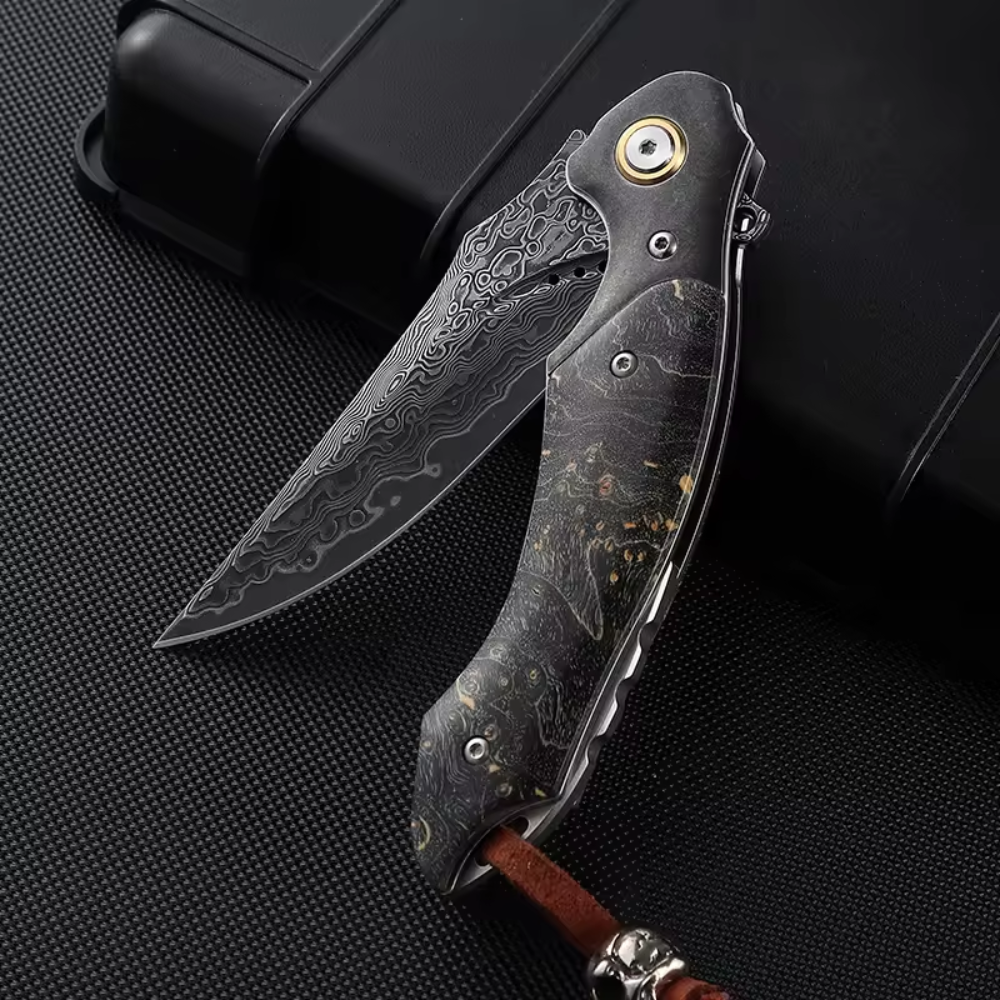


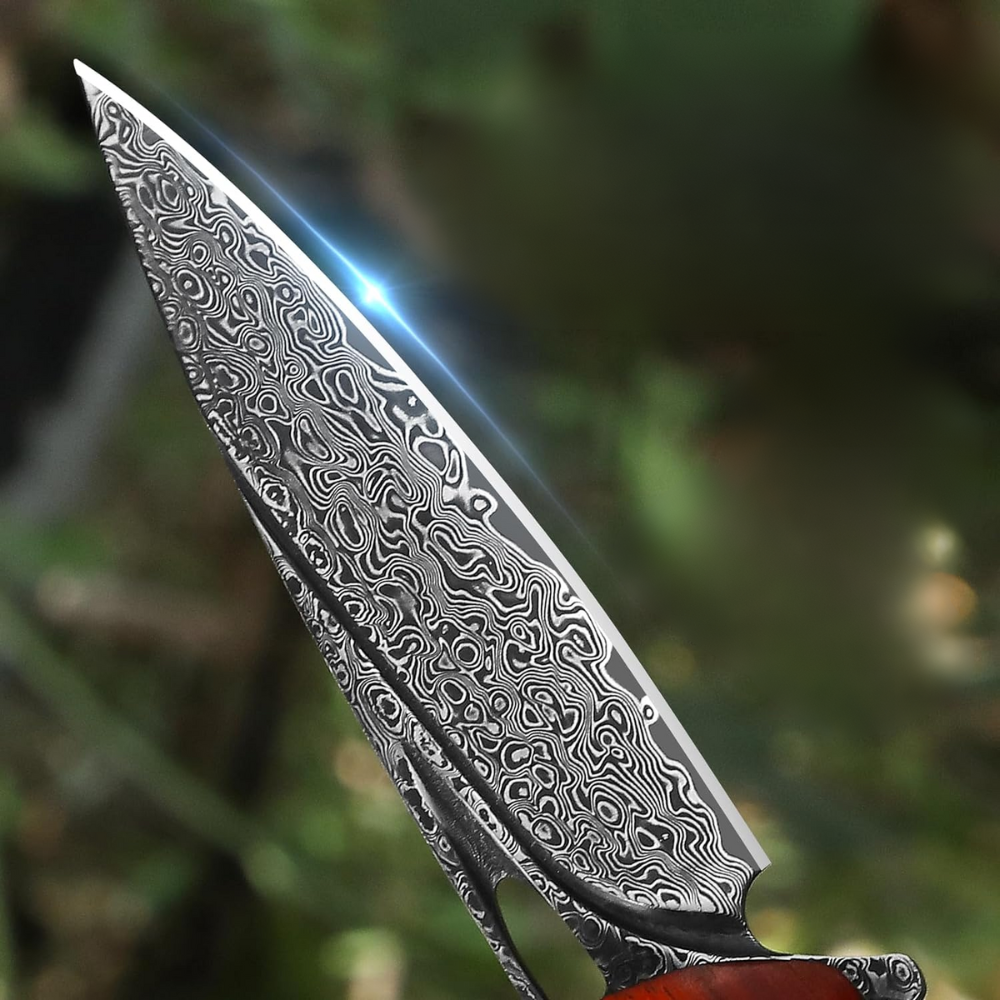








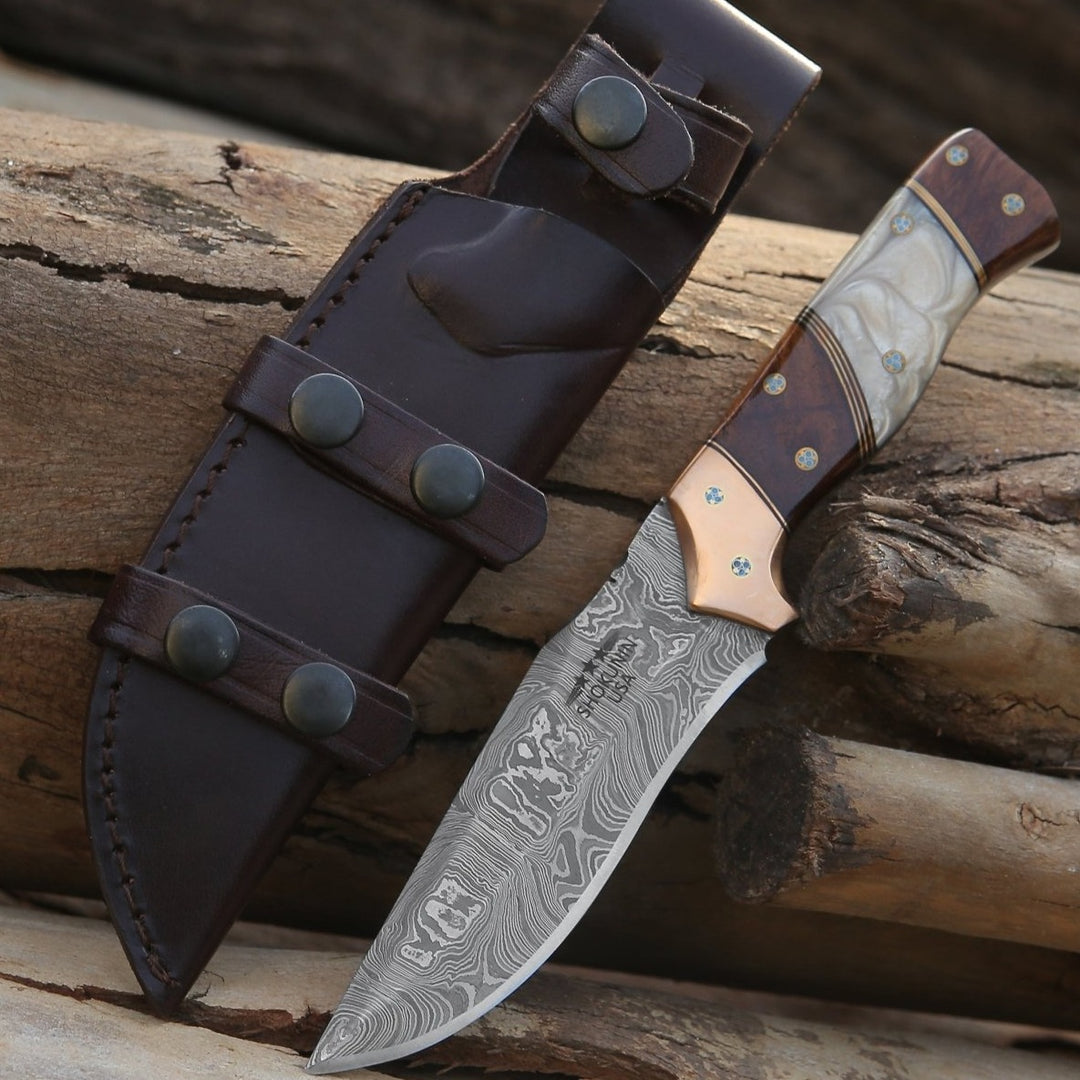
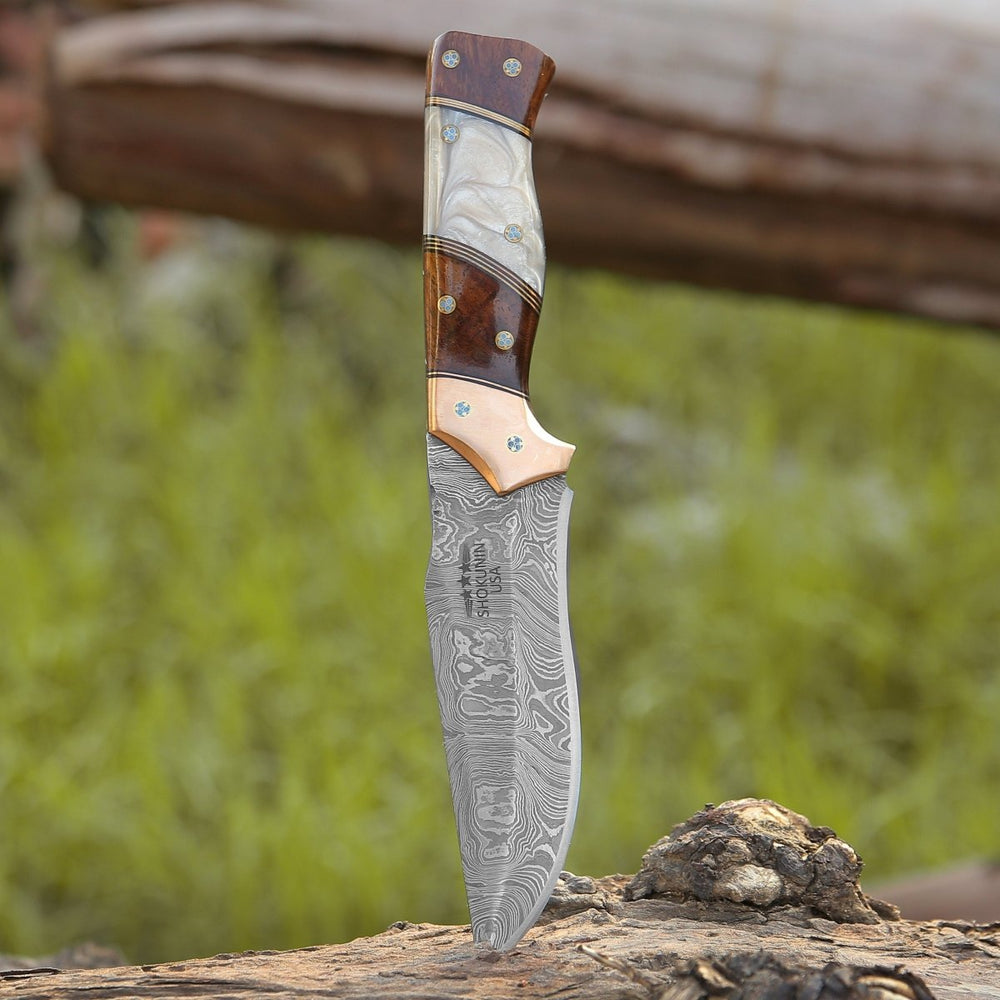


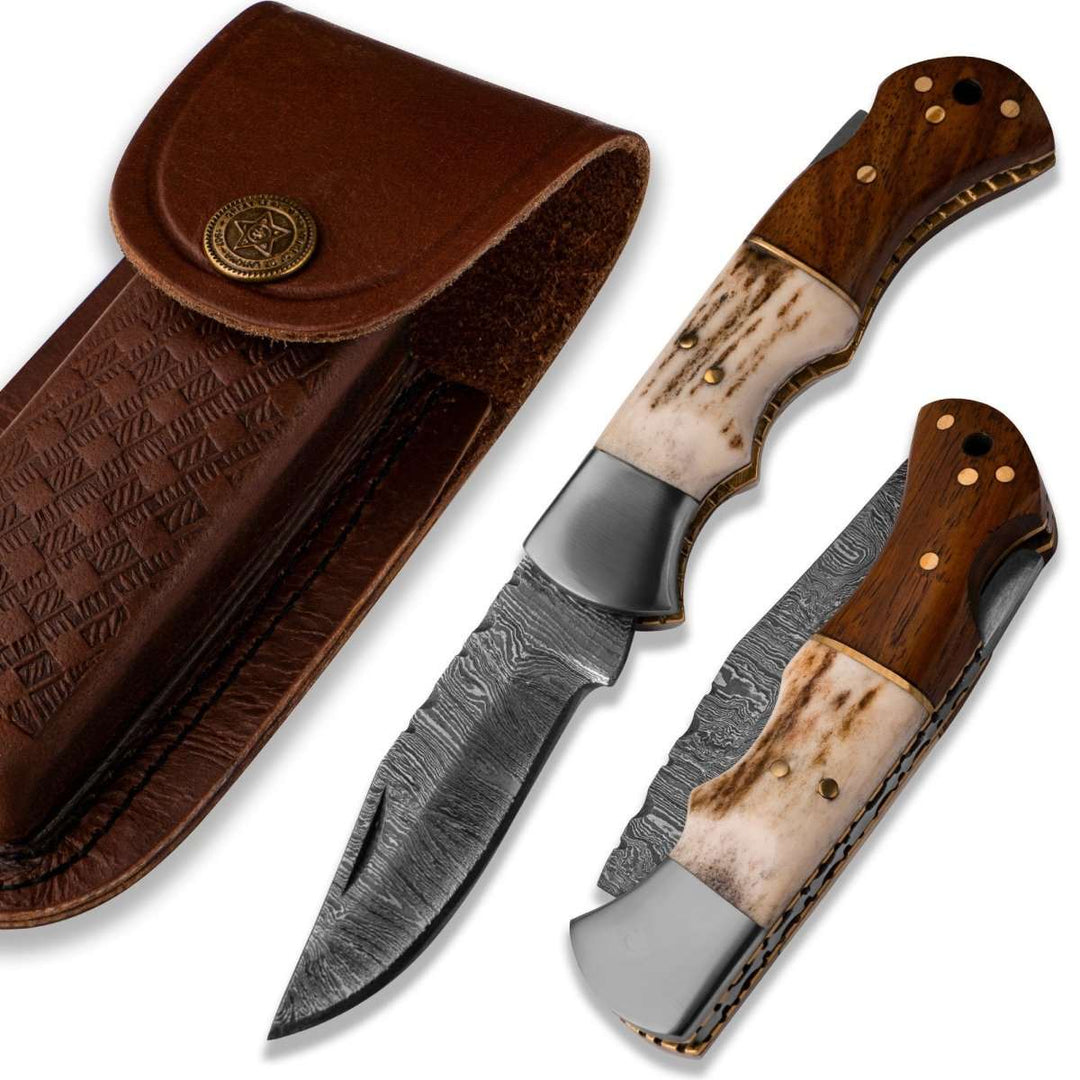





Hinterlassen Sie einen Kommentar